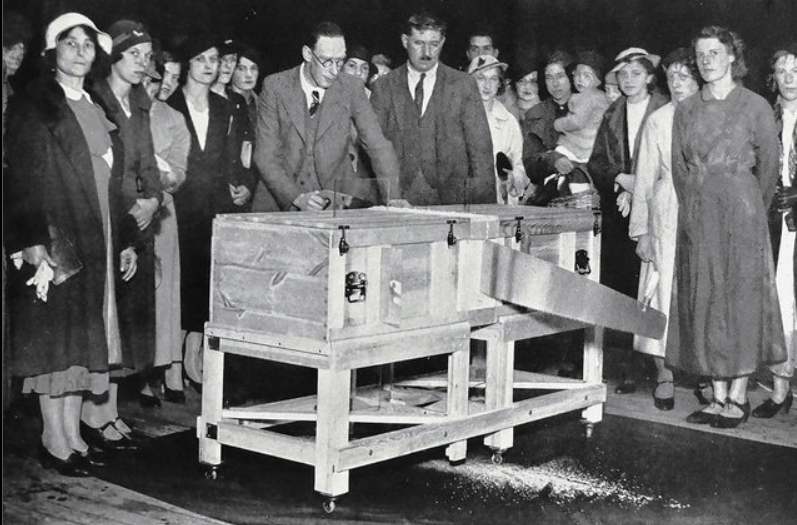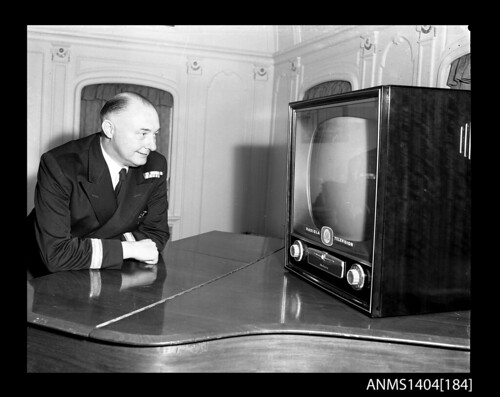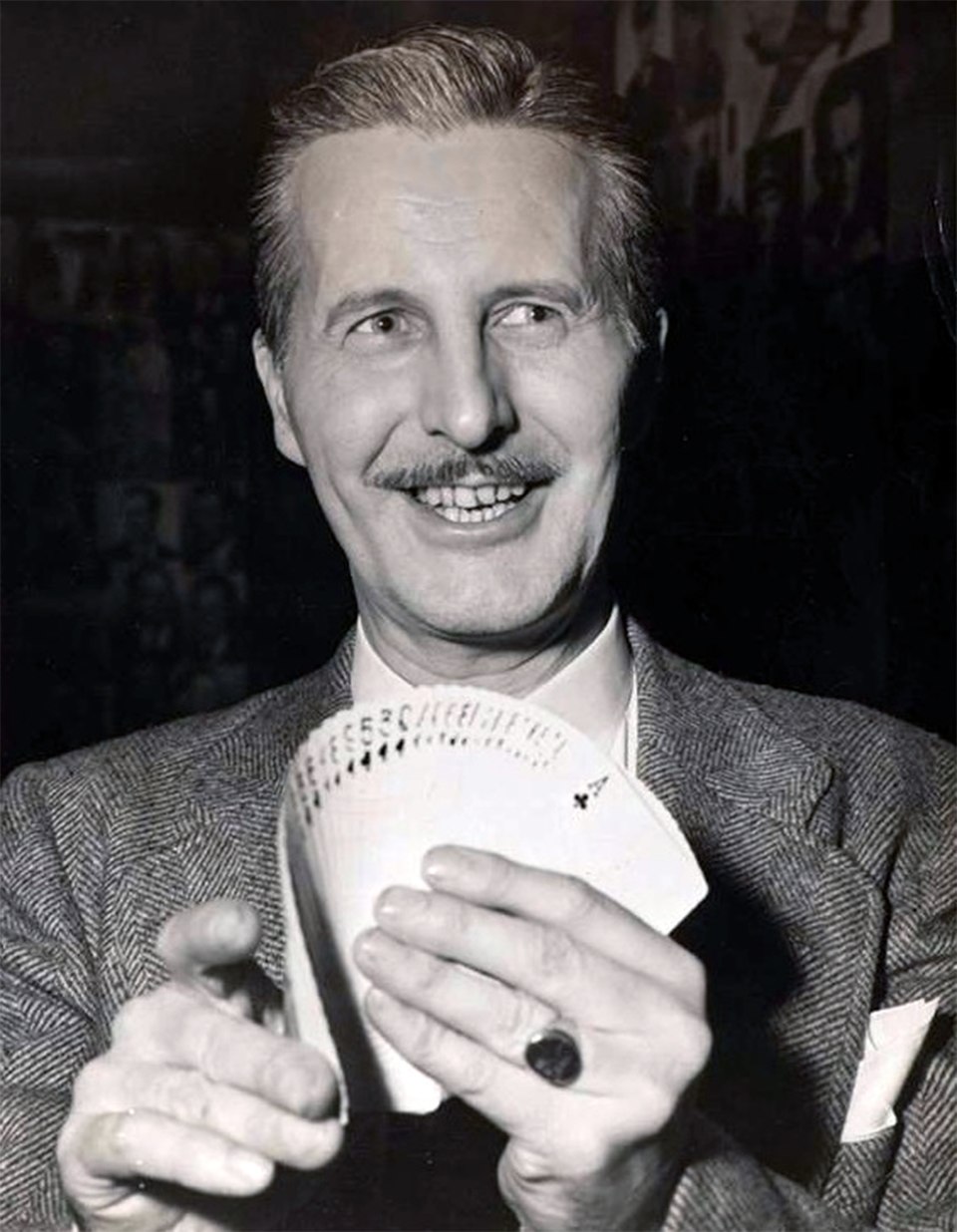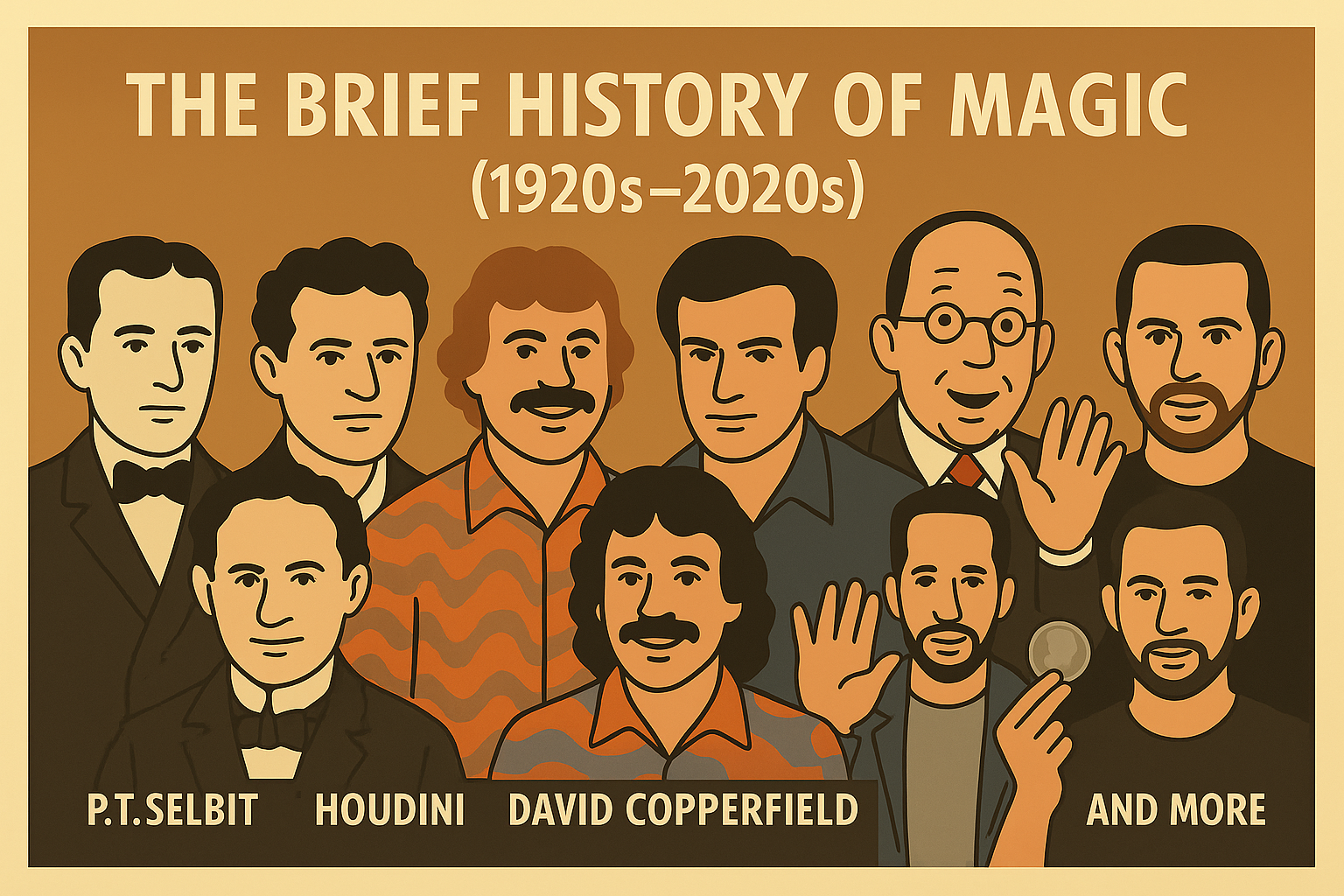The Concise 100-Year History of Magic (and the Magician) between 1920-2020.
Magic is a timeless art form that has captivated audiences for centuries. It has been a form of entertainment for thousands of years, captivating audiences with illusions and sleight of hand. From the earliest recorded illusion performances to the high-tech tricks seen in modern-day magic shows, magic has evolved and changed dramatically, especially in the 20th and 21st centuries. In this article, we’ll explore the history of magic between 1920 and 2020, highlighting some of the most influential performers and styles that have shaped the art form over the past century.
1920s-1930s: The Golden Age of Magic

The 1920s and 1930s are often referred to as the “Golden Age of Magic,” The period between the two World Wars was a time of great change for magic. It is the time when magicians were at the height of their popularity. During this period, many performers became famous for their illusions, including Harry Houdini, who was widely regarded as one of the greatest magical performers of all time. In 1921 the first “Sawing in half” was performed by P.T. Selbit , probably making it the most famous illusion of all time. These performers were also exploring new forms of entertainment, and many began incorporating new technologies into their acts. For example, many began using film projections to create illusions that were previously impossible. This was a time when performance artists such as Harry Houdini and Howard Thurston were at the height of their careers, and their performances inspired a new generation of magicians. Houdini’s death-defying escapes and illusions captivated audiences and helped to popularize magic as a form of entertainment. Unfortunately, Houdini died a the height of his career on the eve of Halloween, the 31st of October 1926, at the age of 52. I am sure he had so much more to give before the end of the decade.
Sawing a woman in half
The origin of sawing illusions, with some sources saying a man named Torrini may have performed the first version in front of Pope Pius VII in 1809. However, the widely recognized debut of the classic “Sawing a Woman in Half” illusion came much later, in 1921, when British magician P.T. Selbit dramatically presented it on stage in London. Unlike modern versions, Selbit’s original performance involved a woman being locked in a closed wooden box before being sawed — her body hidden entirely from view, which relied heavily on suggestion and stagecraft rather than visual spectacle.

Shortly afterward, the American magician Horace Goldin popularized a more sensational version in which the assistant’s head, hands, and feet were visible during the illusion. This made the trick far more dramatic and convincing, and it quickly became a staple of stage magic worldwide. Goldin was so protective of his method that he filed multiple patents and even took legal action against other magicians who performed similar routines.
Over time, the illusion evolved with increasing complexity and transparency. Some versions use transparent boxes or even perform the sawing without any box at all, relying on intricate mechanical engineering, contortion, and sleight of hand to maintain the illusion.
Today, the “Sawing a Woman in Half” trick remains one of the most iconic illusions in the history of magic — not just for its visual impact, but for how it represents the evolution of performance magic through theatricality, invention, and spectacle.
1940s-1950s: The Rise of Television Magic and The Celebrity Magician

In the 1940s and 1950s, magic continued to evolve as the medium of television was introduced. People such as Milbourne Christopher, Dell O’Dell, and others were making their presence on television.
Milbourne Christopher produced the first ever 90-minute TV spectacular the “Festival of Magic” in 1957. Dell O’Dell’s held her weekly half-hour magic show “The Queen of Magic”, on ABC-TV in the mid-1950’s.
This period marked a turning point for the magic industry, as magicians began to focus on creating illusions that were more visual and spectacular, rather than relying on sleight of hand and trickery.
Many more notable magic performers followed this rise of television magic during the decades that followed, including Mark Wilson, Doug Henning, Ali Bongo, Penn & Teller, Paul Daniels, David Copperfield, and many more.
These all became household names, as they brought their illusions to the small screen and captivated audiences with their magic performances, and contribute to the rich history of magic.
1960s-1980s: The Reemergence of Stage Magician and Close-Up Magic
During the 1960s and 1970s, close-up magic experienced a resurgence in popularity. Television helped a lot as the intimacy of performing close-up magic captured by a camera and shown on television in someone’s sitting room caught on very well with audiences all over the world. Performers such as Dai Vernon, Fred Kaps, and Juan Tamariz brought the art form back to its roots, focusing on sleight of hand and misdirection to create micro illusions that were intimate and captivating. This style of magic was performed up close and personal, often with just a deck of cards or a few small props.
Close-up magic

Close–up magic (also known as table magic or micromagic) is magic performed in an intimate setting usually no more than 3 meters (10 feet) from one’s
The 1970s and 1980s were a time of great change in the world of stage magic. Magicians were experimenting with new styles and techniques, and many were incorporating elements of comedy, theater, and other performing arts into their acts. This was a time when celebrities such as Penn & Teller and Siegfried & Roy were setting themselves at the forefront of the industry. They inspired a new generation of magical performers to push the boundaries of what was possible.
1990s-2000s: The Emergence of Street Magic

Photo: David ShankboneIn the 1990s and 2000s, street magic emerged as a new style of performance. Performers such as David Blaine and Criss Angel brought their illusions to the streets, captivating audiences with their stunts and close-up magic. These weren’t the typically casted style of magicians people were now accustomed to, and the art captivated a younger generation.
This style of magic was often performed in public spaces, such as parks and sidewalks, and relied on the element of surprise to create a sense of wonder.
They moved away from the traditionally dressed magic performer to a more social appearance, setting the path for this style of magic for the next stage of evolution, social media.
Their performances continue to captivate audiences and push the limits of what is possible in the world of magic.
2010s-2020s: The Digital Revolution
The 21st century has seen a resurgence of interest in magic, and performing artists are once again experimenting with new forms and styles. In recent years, magic has been impacted by the rise of technology and the digital revolution. The rise of social media and online platforms has made it easier for magicians to reach a wider audience, and many are now using these tools to showcase their talents to the world.

By Thomas Smyth – Own work, CC BY-SA 4.0, https://commons.wikimedia.org/w/index.php?curid=78081185
Personalities such as Dynamo have become household names, with performances that continue to captivate audiences and push the limits of what is possible in the world of magic. Performers such as Derren Brown and Penn & Teller have embraced new technologies, incorporating them into their acts to create new and exciting illusions. Technology changed the image of a magician into something that was not thought possible at the time.
Conclusion
The history of magic is rich and varied, reflecting the art form’s ability to evolve and change over time. From the death-defying illusions of Harry Houdini to the street magic of David Blaine and Criss Angel, magic has captivated audiences for centuries and will continue to do so for many more to come. Whether performed on stage, on television, or on the street, magic remains a timeless and enduring form of entertainment that continues to inspire and amaze audiences of all ages. Its future seems bright for magicians now that technology has opened up new possibilities for the wizards of our times in bringing virtual and augmented reality to holograms and projection mapping to their shows. We are paving the way for the next generation of performers, and it’s exciting to know that there are still people ready to push the boundaries of what is possible. So if you’re a fan of classic illusions or cutting-edge magic, there’s something for everyone in the world of magic, and it remains one of the most exciting and dynamic art forms of our time.
Article Information
The information in this article is partly researched through the following sources:
Timeline of Magic: Timeline of magic – Wikipedia
Regarding Houdini: Harry Houdini – Wikipedia
HOW TO SAY MAGICIAN IN MALTESE
Magic In Malta

